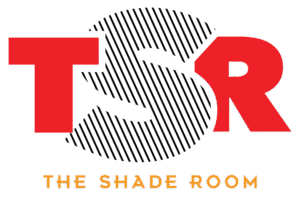
Image source: Getty Images
Looking for a way to build up some long-term passive income? See what you think of this three-step path to getting started.
Step 1: Choose stocks and shares
Investing in the stock market won’t be for everyone — it depends on individual circumstances. But I see compelling reasons why we should at least consider it.
Analysts forecast a total dividend payout of £80.4bn from the FTSE 100 this year. That’s the rough equivalent of £1,160 for everyone in the United Kingdom. And it all goes into the pockets of the minority who own dividend shares.
FTSE 100 companies have also announced more than £40bn in share buybacks so far in 2025 — and it could go higher by the end of the year. That won’t give us cash directly, but it should boost per-share payouts in future years with fewer shares to split the cash.
In percentage terms, we’re looking at a forecast Footsie dividend yield of 3.5%. What about share price gains? We can’t predict that. But total FTSE 100 returns (share prices plus dividends) have averaged 6.9% a year over the past 20 years.
Step 2: Check the possibilities
Let’s look at the iShares Core FTSE 100 UCITS ETF (LSE: ISF). That’s an exchange-traded fund (which just means we can buy and sell it like any other stock). And its aim is to track the FTSE 100. Yes, that means with a single investment we can bag a stake in every company listed on the top London index.
There’s a standing charge of less than 0.1% a year. So let’s assume the Footise continues its past performance — not guaranteed, but I think we’re fine for ‘What if?’ purposes — and our tracker fund generates 6.8% a year.
The Stocks and Shares ISA allowance currently stands at £20,000 a year. Someone who can afford to invest that much every year could end with a pot of £830,000 after 20 years — more than double what that put in. And just an extra 10 years could more than double that to £1.8m — that’s how the effect of compounding can accelerate.
This assumes the FTSE 100 and the iShares Core FTSE 100 continue their past performance, which can’t be guaranteed — but there’s more than a century of outstanding stock market history behind it.
Step 3: Put up the cash
Opening a Stocks and Shares ISA is pretty straightforward. And then we’re left with seeing how much we can actually invest — few can manage the full £20k. But even someone who can invest £5,000 a year could still end up with more than £470,000 in 30 years at these rates.
I must end on a caution. Even a tracker faces overall stock market risk — like the 2020 crash. But the market tends to recover fairly quickly. And the iShares Core FTSE 100 is managed by a single company — and things can go wrong with even the best of them.
But I think it’s a great one to consider for starting a new ISA. And I’ve branched out into investment trusts myself. They still spread our cash, just targeting a specific goal — like dividends — rather than the whole index. And the longer we can invest the more we should even out the risk.







